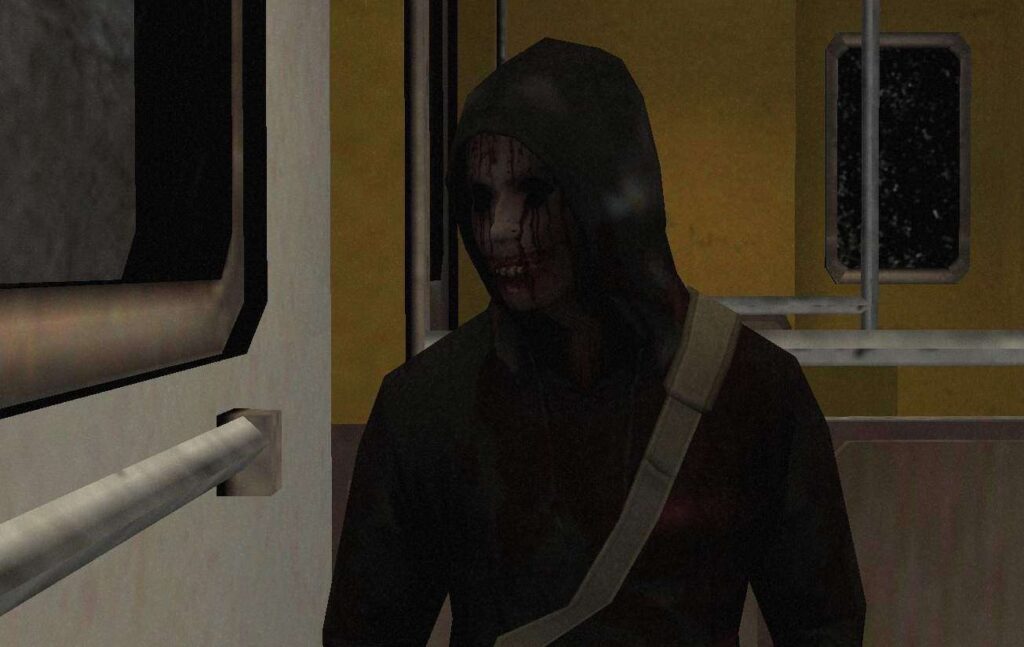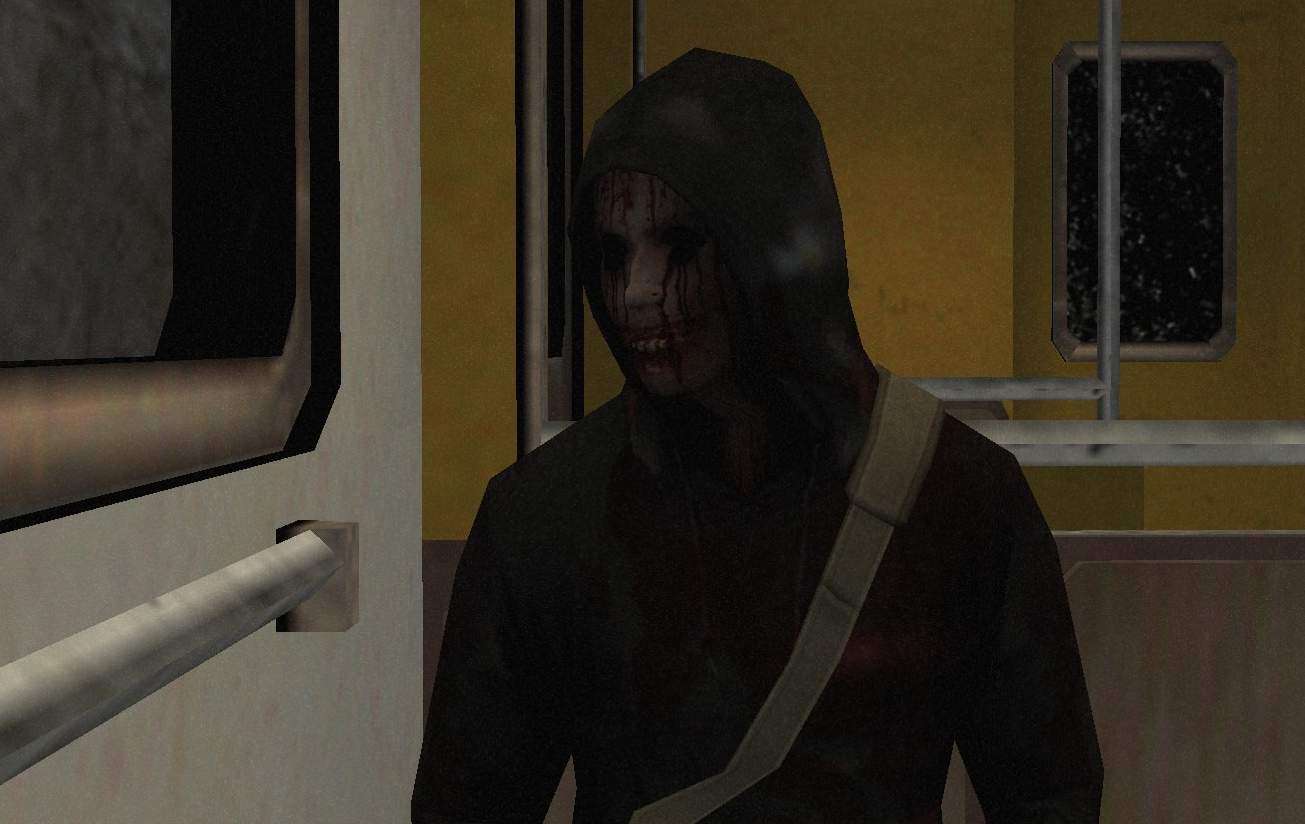
Unraveling the Trauma: Who is Simon from Cry of Fear?
Cry of Fear, a psychological horror game developed by Team Psykskallar, has captivated players with its disturbing atmosphere and deeply unsettling narrative. At the heart of this nightmare is Simon Henriksson, the game’s protagonist. But who is Simon, and what makes his story so compelling? This article delves into the character of Simon from Cry of Fear, exploring his background, motivations, and the psychological struggles that define his harrowing journey. Understanding Simon is crucial to understanding the game itself.
The Premise of Cry of Fear
Before dissecting Simon’s character, it’s essential to understand the game’s premise. Cry of Fear begins with Simon, a 19-year-old, being struck by a car while trying to help a wounded man. This event leaves him confined to a wheelchair, triggering a downward spiral into depression, anxiety, and psychosis. The game unfolds as Simon navigates a nightmarish version of his hometown, Stockholm, Sweden, battling grotesque creatures and confronting his inner demons. The lines between reality and hallucination blur, leaving the player questioning what is real and what is a manifestation of Simon’s fractured psyche.
Simon Henriksson: A Portrait of Trauma
Simon is not a typical video game hero. He’s vulnerable, flawed, and deeply traumatized. The game’s narrative heavily implies that Simon suffers from severe mental health issues, exacerbated by his physical disability. His diary entries, scattered throughout the game, offer glimpses into his deteriorating mental state. He grapples with feelings of isolation, self-loathing, and a growing sense of hopelessness. The creatures he encounters are often symbolic representations of his fears and anxieties. For example, some enemies might represent the guilt he feels over the accident, while others might embody his suppressed anger and frustration.
The Accident and its Aftermath
The car accident serves as a catalyst for Simon’s descent into madness. The game constantly reminds the player of this event, both through flashbacks and environmental cues. The inability to prevent the accident weighs heavily on Simon, fueling his feelings of guilt and helplessness. The physical limitations imposed by his wheelchair further contribute to his sense of isolation and dependence. He feels trapped, both physically and mentally, unable to escape the confines of his own mind.
Relationship with Purnell
One of the most crucial elements of Simon’s story is his relationship with Dr. Purnell, his psychiatrist. Purnell is a complex character whose role in Simon’s recovery (or lack thereof) is ambiguous. While he attempts to help Simon through therapy, his methods are often questionable. The game raises questions about Purnell’s competence and motivations, leaving the player wondering whether he is truly trying to help Simon or if he is manipulating him for his own purposes. The therapy sessions themselves become increasingly surreal and disturbing, blurring the lines between treatment and torment. The ending of the game heavily relies on the player’s interpretation of Purnell’s role. [See also: Cry of Fear Endings Explained]
The Book and its Significance
The book that Simon is supposedly writing throughout the game is a key narrative device. It represents his attempt to process his trauma and make sense of his experiences. However, as his mental state deteriorates, the book becomes increasingly fragmented and incoherent. The book’s content mirrors the player’s own experience of the game – a disorienting and unsettling journey into the depths of Simon’s mind. The book is also a potential source of hope, representing Simon’s desire to heal and find meaning in his suffering. Whether he succeeds in this endeavor is left open to interpretation, depending on the ending achieved.
Gameplay Mechanics Reflecting Simon’s State
The gameplay mechanics of Cry of Fear are intricately linked to Simon’s psychological state. The limited inventory space, the reliance on a mobile phone for navigation, and the scarce resources all contribute to a sense of vulnerability and desperation. Simon’s physical limitations, due to his wheelchair, are also reflected in the gameplay. He moves slowly and is easily overwhelmed by enemies. This reinforces the player’s sense of being trapped and powerless, mirroring Simon’s own feelings of helplessness. The game’s save system, which relies on finding specific locations to record progress, further adds to the tension and anxiety.
The Mobile Phone as a Symbol
Simon’s mobile phone is more than just a tool for navigation; it’s a symbol of his connection to the outside world. However, this connection is tenuous and unreliable. The phone’s battery drains quickly, and the signal is often weak or nonexistent. This reflects Simon’s growing isolation and his inability to reach out for help. The phone’s flashlight also serves as a metaphor for his search for clarity and understanding in the darkness of his own mind. However, the light is often weak and flickering, suggesting that his perception is distorted and unreliable.
Interpreting Simon’s Trauma
Simon’s story is open to multiple interpretations. Some view him as a victim of circumstance, a young man whose life was tragically derailed by a traumatic accident. Others see him as a more complex and flawed character, whose own actions and choices contribute to his suffering. Regardless of one’s interpretation, it’s clear that Simon’s journey is a deeply unsettling exploration of mental illness and the devastating effects of trauma. The game forces the player to confront uncomfortable truths about the human psyche and the fragility of mental health. The character of Simon evokes empathy and horror, a testament to the game’s powerful storytelling.
The Ambiguity of Reality
One of the most striking aspects of Cry of Fear is its ambiguity. The game constantly blurs the lines between reality and hallucination, leaving the player questioning what is real and what is a product of Simon’s imagination. This ambiguity is intentional, designed to disorient and unsettle the player. It also reflects the subjective nature of mental illness, where perceptions are often distorted and reality becomes difficult to discern. The player is forced to experience the world through Simon’s eyes, sharing in his confusion and paranoia. This creates a powerful sense of immersion and empathy.
Simon: A Character Study in Psychological Horror
Simon from Cry of Fear is a compelling and unforgettable character. His story is a powerful exploration of trauma, mental illness, and the fragility of the human psyche. The game’s disturbing atmosphere and unsettling narrative are intricately linked to Simon’s character, creating a truly immersive and disturbing experience. Whether one views him as a victim or a perpetrator, Simon’s journey is a reminder of the importance of mental health and the devastating consequences of trauma. The game’s lasting impact is a testament to the power of its storytelling and the unforgettable character of Simon Henriksson. He represents the darkness that can consume a person when faced with overwhelming trauma. Simon’s struggle is a reflection of the inner turmoil many face, making him a relatable, albeit disturbing, character. Understanding Simon is understanding the core of Cry of Fear.
The Legacy of Simon in Cry of Fear
The character of Simon Henriksson has left a lasting impact on the horror gaming community. He is not just a protagonist; he is a symbol of the struggles faced by individuals battling mental health issues. The raw and unflinching portrayal of his trauma resonates with players, making Cry of Fear a deeply personal and thought-provoking experience. Simon’s story serves as a reminder of the importance of empathy and understanding when dealing with mental illness. The game’s success lies in its ability to create a character so believable and vulnerable, that players cannot help but feel invested in his journey. Simon will continue to be a significant figure in the landscape of psychological horror, sparking conversations and challenging perceptions about mental health for years to come.

